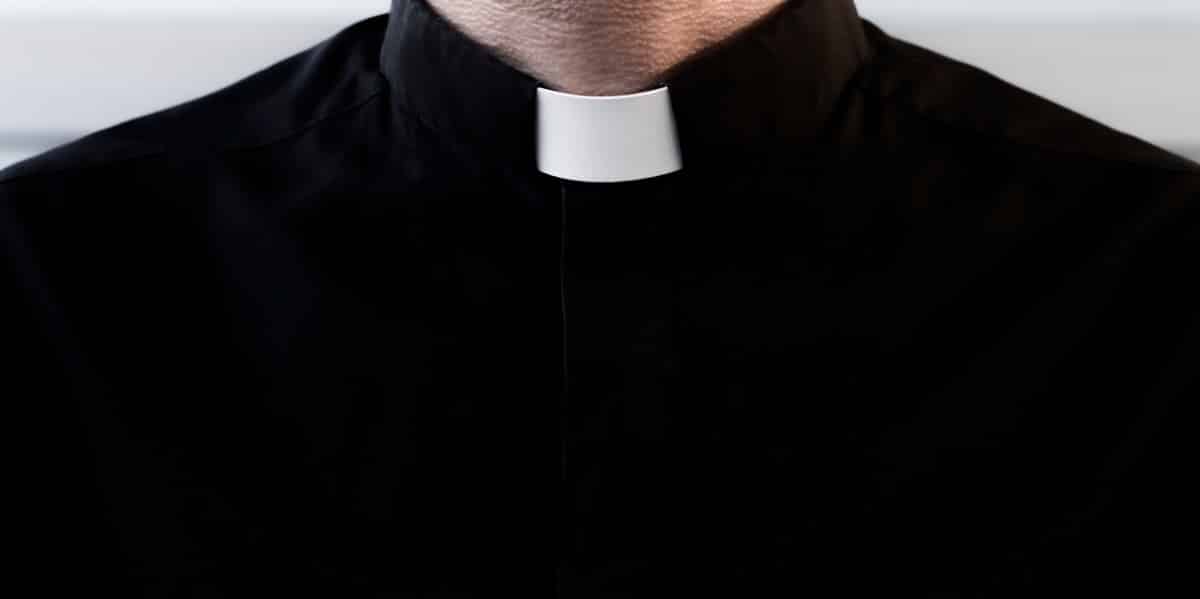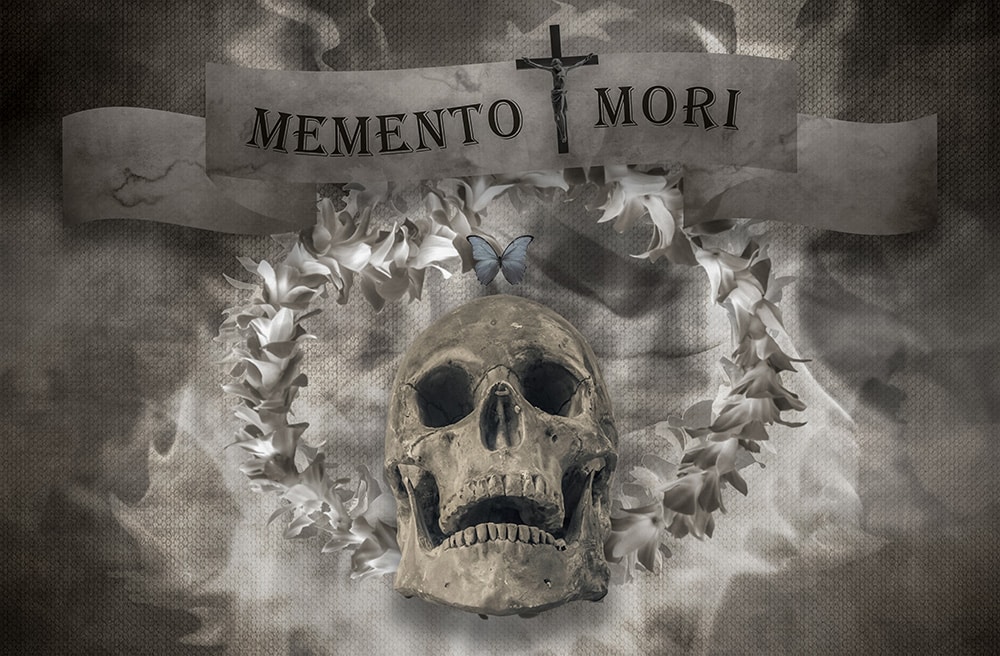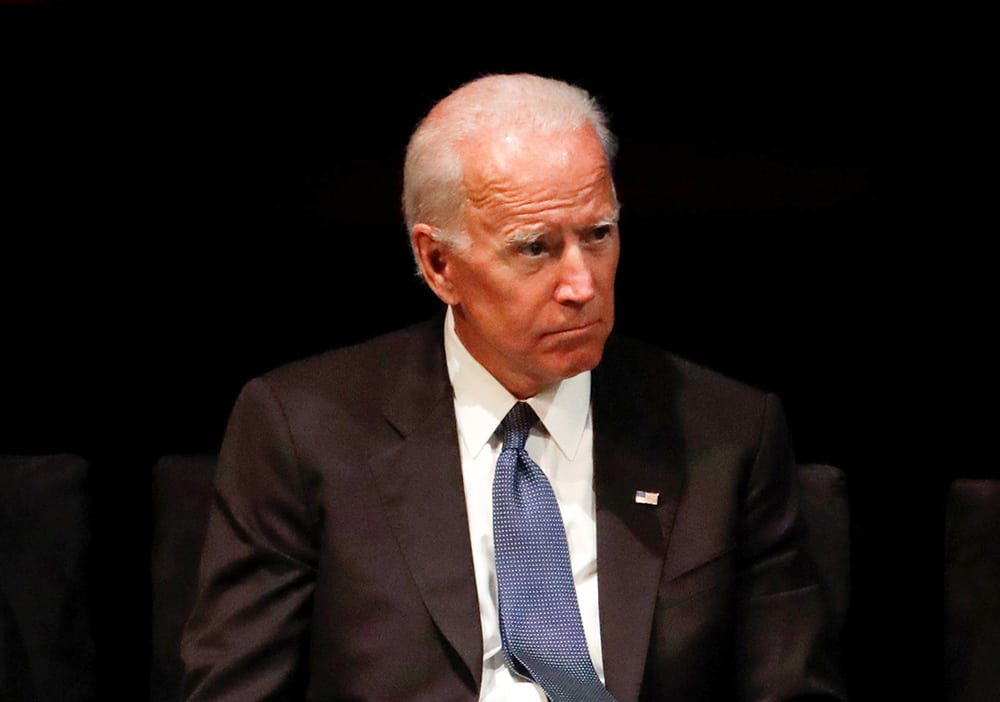Throughout much of October, Pope Francis presided at a meeting of bishops from the Amazon River basin in South America, and many topics were discussed, but the news reports focused a great deal on the issue of priestly celibacy. Some reporting was thorough. Some was not.
So, first, what is priestly celibacy? As any Catholic knows, it is the practice, in certain parts of the Church, in which bishops, priests and deacons formally pledge themselves never to be married.
Note carefully the terms above. “In certain parts of the Church” refers to the fact that Catholic tradition in some areas do not have the expectation that priests remain unmarried for life. This fact may surprise some American Catholics since the great majority of Catholics in this country descend from the Church as it exists in Ireland, Poland, Italy, Germany, France, Spain, Portugal and so on, where the Roman tradition always has prevailed.
Eastern-rite Catholic priests may be married. Being unmarried is not essential to the Sacrament of Holy Orders anywhere in Catholicism. It is not doctrine. The Church has never said that it is.
Historically, the Church everywhere has seen celibacy as expressing an ideal given by Jesus and recorded in the Gospel. Ever hear this? “Nothing in the Bible says that priests should not marry!” Well, the Bible clearly says that the perfect Christian disciple does not marry.
In Matthew 19:12, the Lord says: “Some are incapable of marriage because they were born so; some, because they were made so by others; some, because they have renounced marriage for the sake of the kingdom of heaven. Whoever can accept this ought to accept it.”
Jesus did not refer to congenital issues or physical mutilation but to the voluntary choice not to be married. He realized that some disciples cannot forego marriage, but nevertheless remaining unmarried, for spiritual purposes, is the ideal.
Speaking of purposes, people often say the Catholic Church reveres celibacy because being unmarried allows a priest to devote all his time to his work. How silly. Millions upon millions of husbands and fathers over thousands of years have magnificently done their jobs and have been heroic disciples while being married.
“Formally pledge themselves” is another term to note. When deacons, who intend to be ordained priests eventually, are ordained, they promise never to be married in the ordination ceremony. Always, the Church has regarded pressure to make this promise as invalidating the promise itself. This promise must be freely made, with a clear understanding of what is entailed.
Over time, Church authorities have encountered untold thousands of priests who have said that they made this promise without fully realizing the implications. A surge of such situations came 40 or so years ago. Remember? Many, many priests left the priesthood to get married.
This surge is no more. Church leaders learned a lesson 40 years ago. Seminaries now stress the consequences of celibacy. Seminarians hear about it in classes. Professional mental health experts guide seminarians to consider their personal needs regarding sexuality or companionship.
Celibacy for life has been an ideal in the Church since its beginnings, for men and for women. Monasteries and convents have existed for at least 1,500 years, appearing not long after practicing Christianity in the open was legalized.
The Synod of Bishops considered this ancient ideal when priests are very few in the Amazon region, and Catholics rarely receive the sacraments.
What is a synod, on the international level? First, it is not legislative. It makes no rules. It is a gathering of bishops, with clergy, religious and laity, to advise the pope on how best to serve the spiritual needs of people in a given circumstance or place.
Discussions occurring in a synod are used by the pope as he decides the Church’s strategy to proclaim the Gospel.
Msgr. Owen F. Campion is OSV’s chaplain.







